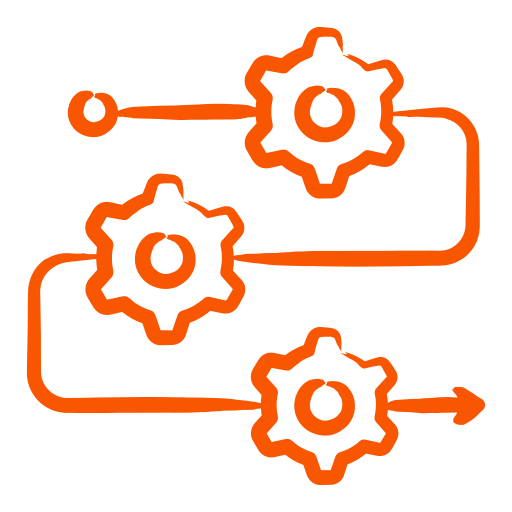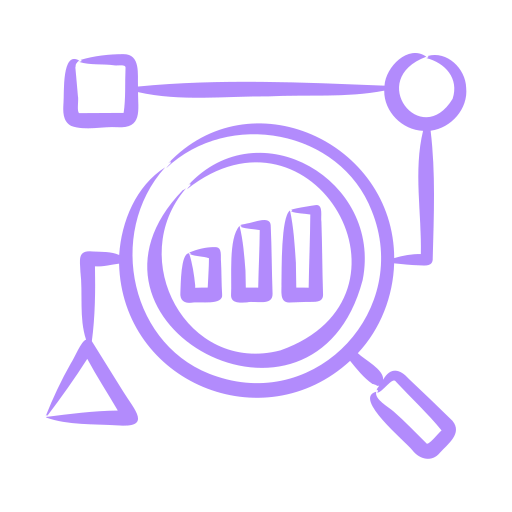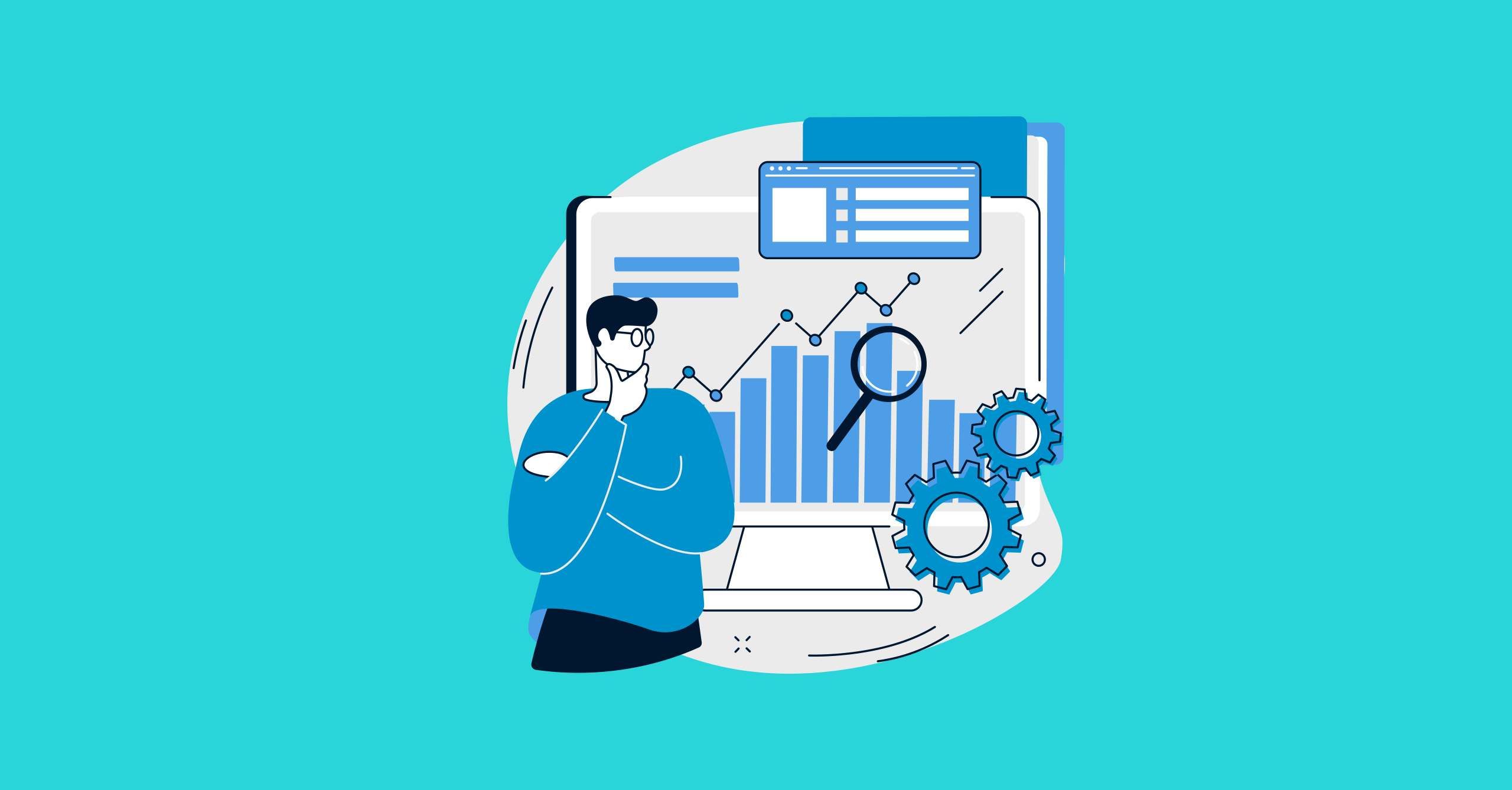
For today’s businesses, it has become a critical need not only to define processes, but also to analyze and optimize them based on data. Process mining meets this need as a powerful analysis method that applies specialized algorithms to event log data to identify trends, patterns and details about how a process unfolds.
Process mining leverages data science to discover, validate and improve your workflows, enabling you to make decisions based on real data collected from systems, not intuition.
Event logs from systems such as ERP and CRM reveal the invisible layers of processes. This approach creates the opportunity to clearly analyze delays, deviations and inefficiencies that are common in IT service management (ITSM) processes. It also guides automation strategies by showing where technologies such as RPA, ITPA and artificial intelligence should be deployed.
By examining the differences of technologies such as RPA and ITPA and their impact on business processes in depth, you can clearly analyze how to shape automation strategies and build a more efficient IT infrastructure!
What Benefits Does Process Mining Offer?
Process mining not only analyzes workflows, but also provides the end-to-end visibility necessary for the success of automation strategies. In other words, it allows you to determine where a process needs to be improved and where it needs to be automated based on data, not intuition.
Following the data-driven improvement of processes, a low-code development environment is critical to deploy automation quickly and sustainably. Thanks to Cheetah Low-Code Development Platform,
- Digitalize your business processes with low-code,
- IT can increase service efficiency with ready-to-use products,
- You can involve non-IT teams without technical barriers!
What are the Types of Process Mining?
Recording transactions in logs
Data collection and consolidation
- Calculation of metrics and characteristics
Replication of the real process
Analysis, conclusions
Redesign and modeling
Process monitoring
Why Does Process Mining Play a Critical Role in Business Process Management?
Process mining sits at the intersection of data mining and Business Process Management (BPM). All three deal with data, but their goals are different.
- Data mining focuses on building predictive models—like analyzing customer behavior, detecting fraud, or segmenting users.
- On the other hand, uses event logs recorded in systems to discover how business processes actually work in real life.
This makes it powerful—it gives a clear, data-driven view of how processes run, rather than relying on assumptions or opinions.
Traditional BPM approaches often use interviews and workshops, which can be subjective. But process mining adds measurable, objective insights by visualizing how workflows really happen. The result? Companies can detect deviations, spot bottlenecks, and find automation opportunities based on real evidence—not guesswork.
Which Industries Are Investing in Process Mining — and Why?
In today’s business world, success isn’t just about what you do — it’s also about how you do it. By analyzing the digital footprints left in systems like ERP or CRM, process mining provides real-time insights into how processes actually work from start to finish.
For example, a manufacturing company can reduce delivery times by 30% by identifying delays in its supply chain using process mining. In banking, analyzing the loan approval process can reveal missing checks, helping reduce risk and improve customer satisfaction.
But process mining isn’t just about looking at the past. It also uncovers opportunities for automation, process optimization, and better compliance — all in one place. It creates a seamless data flow across departments and helps teams make decisions based on evidence, not intuition.










